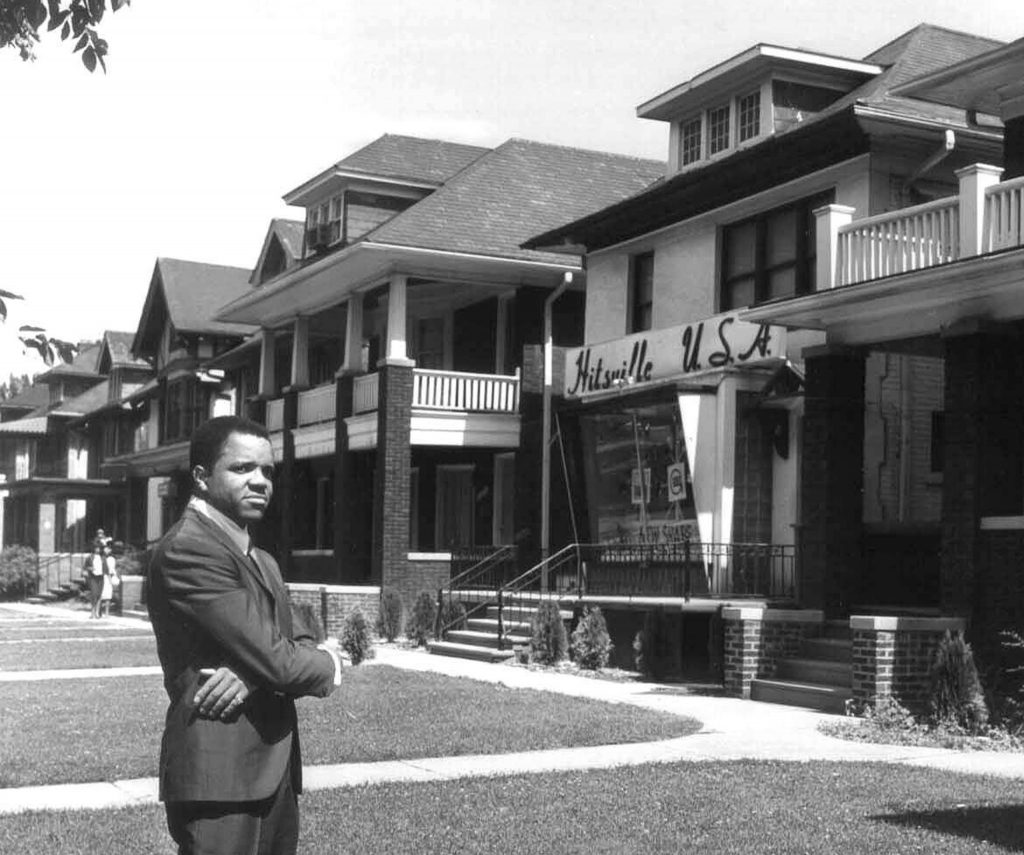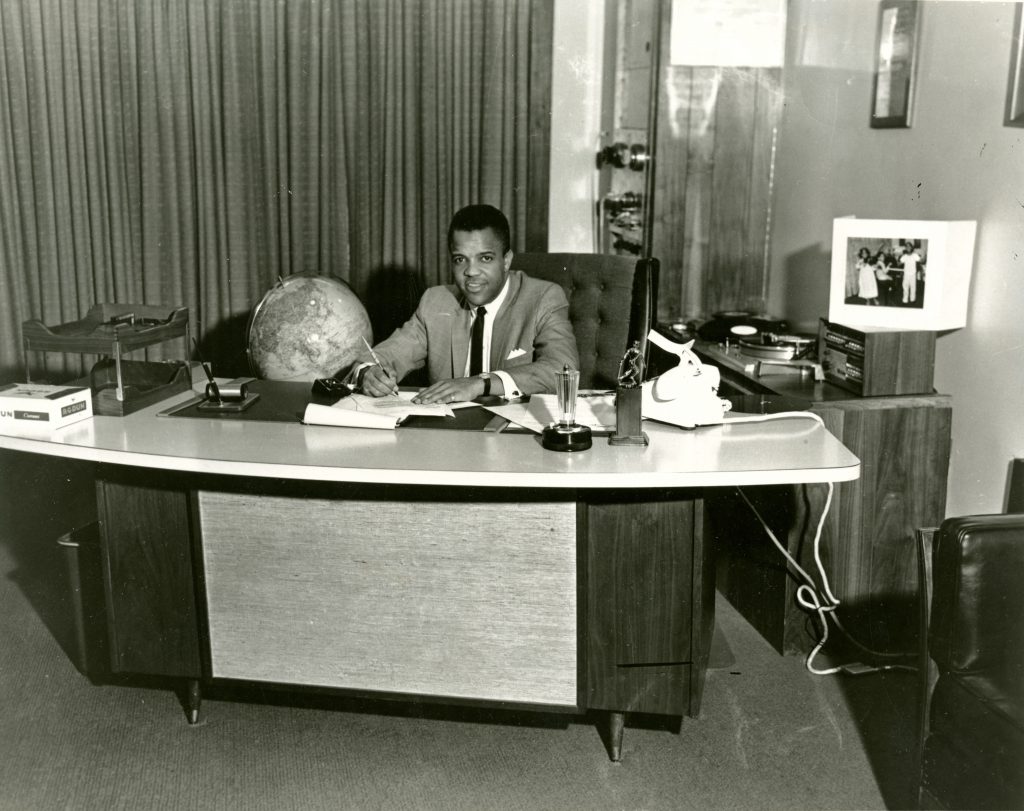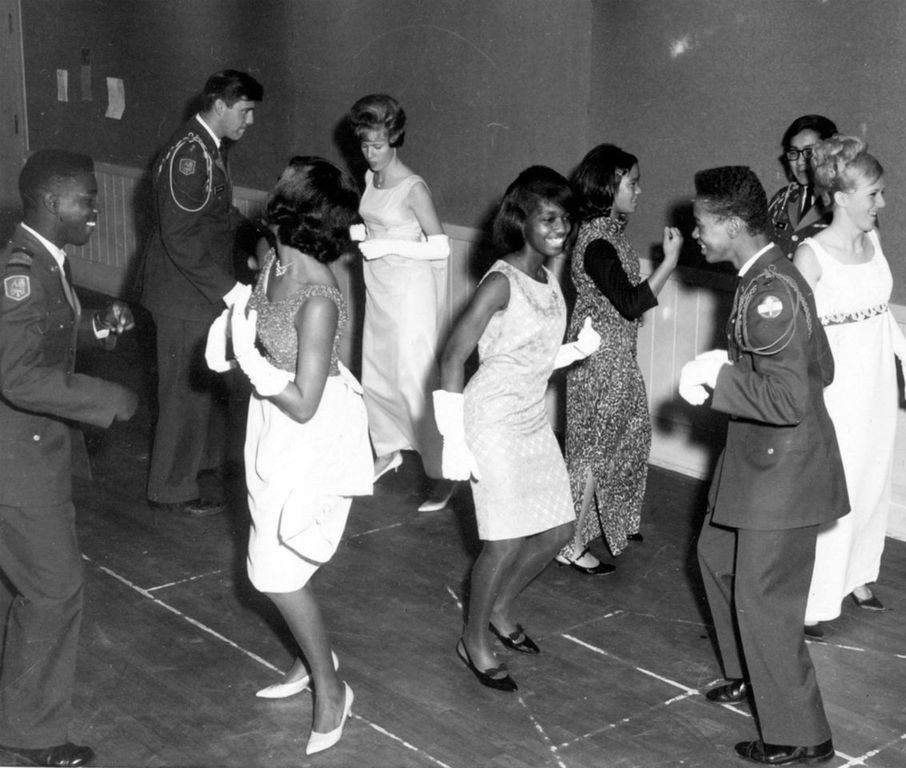The Sound That Changed America
Part street corner symphony.
Part storefront church gospel.
Part jazz joint on a Saturday night.
The Motown Sound jumped out of Hitsville U.S.A.’s Studio A and onto the turntables of teenagers across America. Unlike anything listeners had ever heard, Motown songs married the saintly and the secular—merging the call-and-response patterns of black gospel music with the syncopation and improvisation of the bebop movement in jazz.
Down in the so-called “snake pit” of Studio A, The Funk Brothers backed Motown’s finest artists at all hours of the day—and night. Producers cut and blended tracks, using equipment that can still be viewed in Hitsville U.S.A.’s Control Room.
The Motown Sound owes some of its uniqueness to the reverb effect created by pumping tracks through the label’s Echo Chamber, in the days before computers and synthesizers.
True to his commitment to quality, Berry Gordy, Jr. would not slap a Motown label on every song his producers offered. Artists and producers sweated it out each week at notoriously competitive company-wide meetings, hoping to pass muster and see their songs released for sale to an eagerly awaiting public.
Even some of Motown’s iconic recordings were not deemed fit for release the first time they came up for review. Tunes that never made it to the airwaves—as well as blockbuster hits like ‘What’s Goin’ On’ and ‘I Heard It Through the Grapevine’—were often sent back for more work after being heard by the discerning ears of the label’s hit makers.






